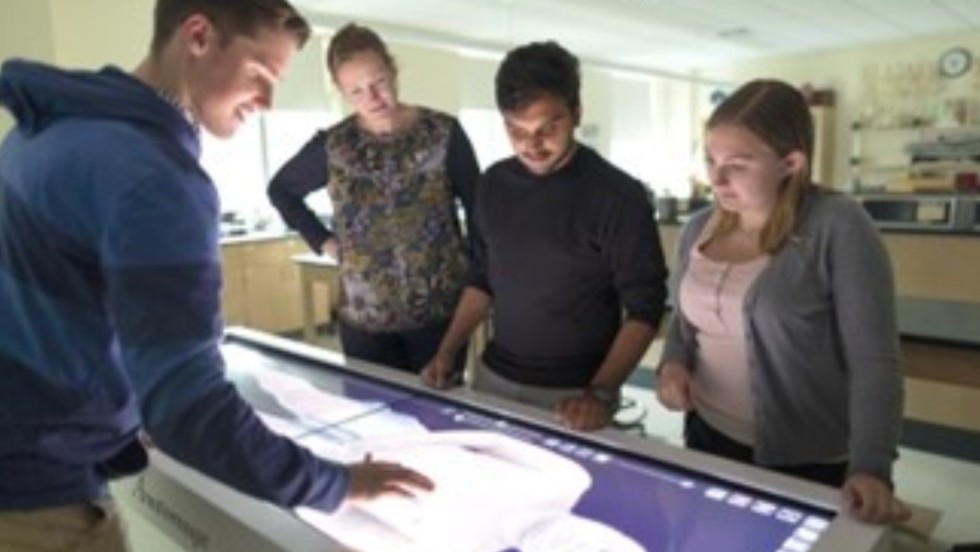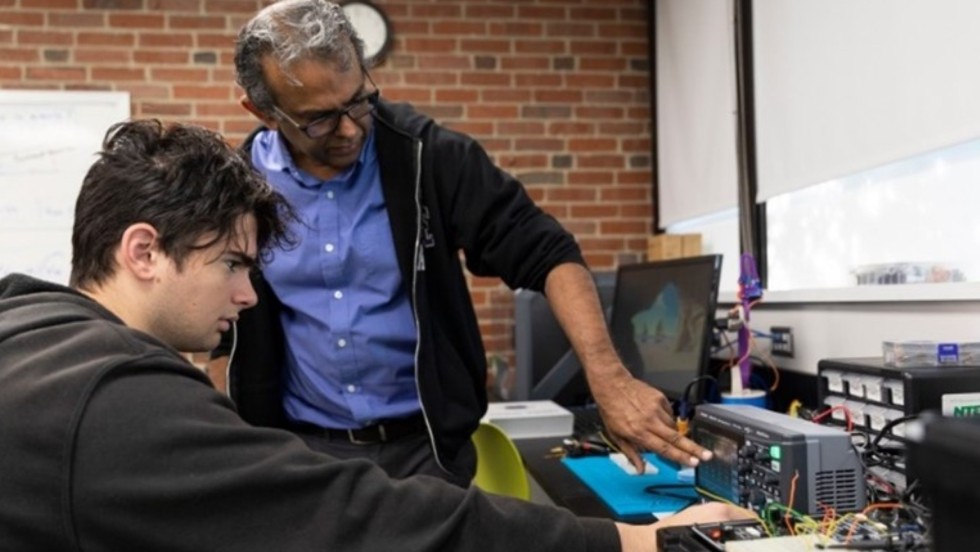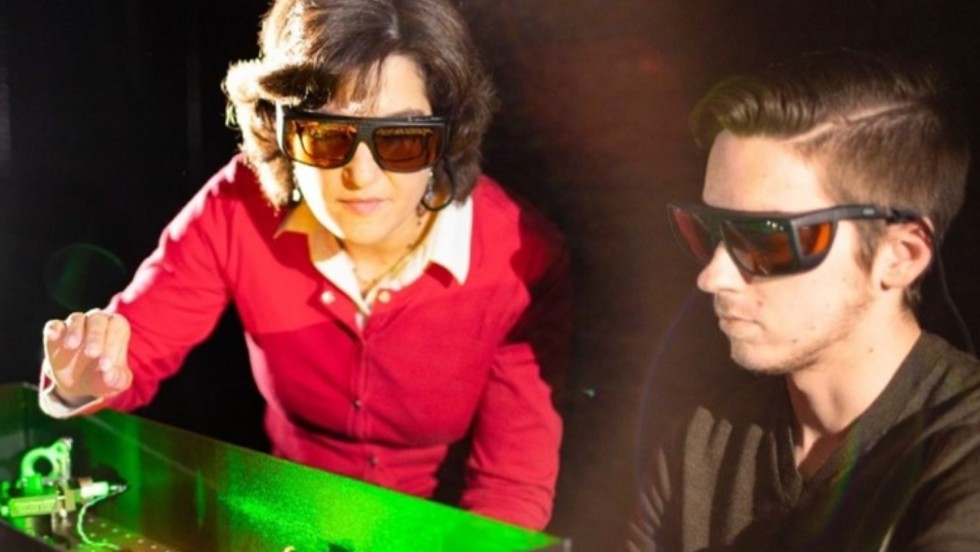Thomas and Mary Shields Science Center
15th Anniversary Edition
AY2009-2010 through AY2024-2025
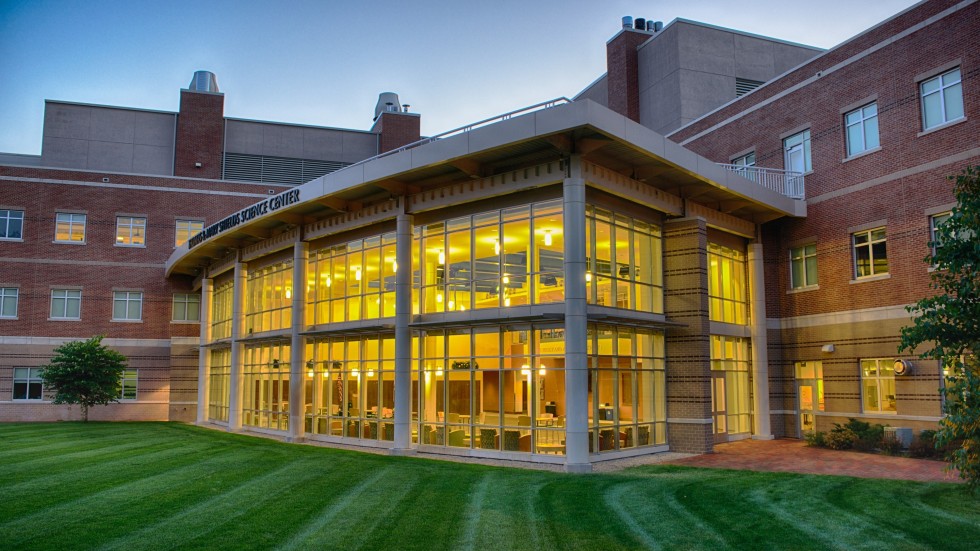
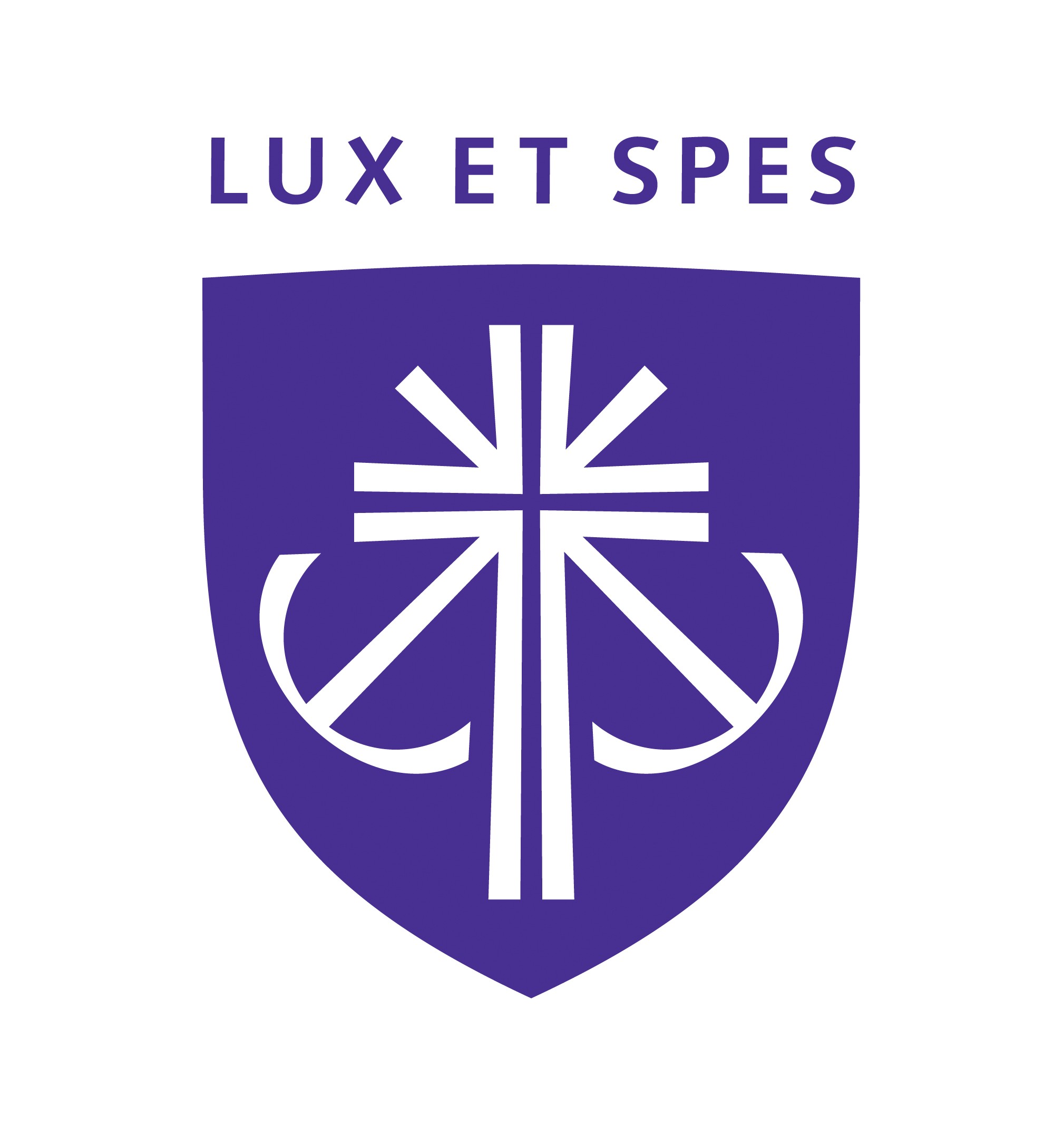
In the fall of 1948, Stonehill College’s inaugural semester had 134 students and eight faculty teaching classes mostly in Donahue Hall. This began a thriving campus that offers educational opportunities to many who represent the first-generation to attend college in their families. Currently, Stonehill educates 2,500 students with 175 faculty members and has helped over 30,000 graduates grow into global citizens who lead with heart.
As we grow and age, we remain rooted in the values of our founders—developing students who “think, act, and lead in the creation of a more just and compassionate world”. Since 1948, our alumni, professors, staff, parents, friends, benefactors, and the Congregation of Holy Cross have invested their talents to ensure the College’s sustainability and growth.
September 2009 brought an exciting new addition to Stonehill College with the opening of the Thomas and Mary Shields Science Center, which features state-of-the-art equipment, accessible and dynamic laboratories, a wide variety of study space, and a Dunkin’ where students and faculty from all disciplines can boost their day with coffee or a snack.
Stonehill graduates continue to make an impact in the fields of Biology, Chemistry, Physics, Astronomy, and Psychology, and graduates are starting to enter career fields in our newest degree areas of Engineering, Photonics, and Health Science. The disciplines housed in the Thomas and Mary Shields Science Center encourage students to explore their full potential through thoughtful coursework and experiential learning. The Shields Science Center fosters strong hands-on technical training with a liberal arts foundation—educating science majors who in turn become excellent professionals and well-rounded lifelong learners devoted to research and discovery in their chosen fields.
A Message from the Dean of the Thomas and Donna May School of Arts & Sciences
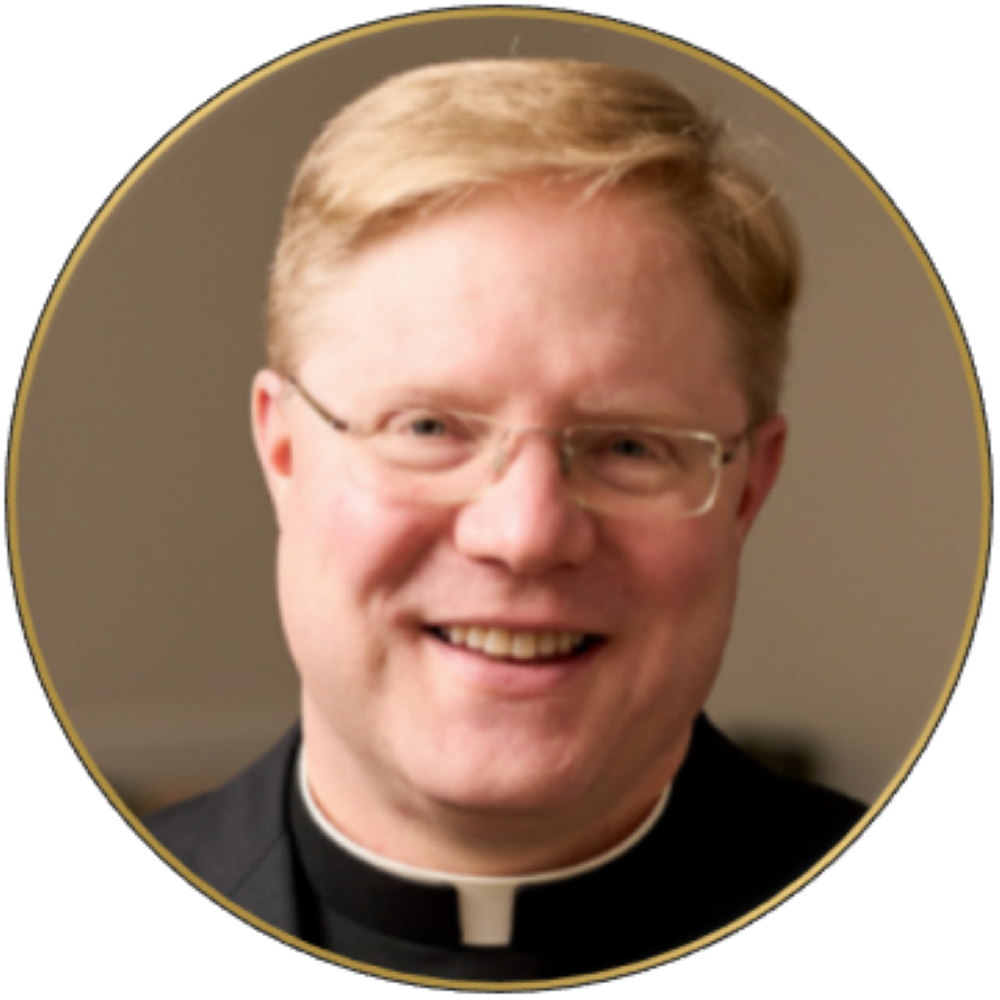
Rev. Kevin P. Spicer, C.S.C. '87 became dean of the Thomas and Donna May School of Arts & Sciences on July 2, 2021. Father Spicer, who is the James J. Kenneally Distinguished Professor of History, is a leading expert on the relationship between the Roman Catholic Church and the German state under National Socialism whose standing as a teacher, researcher, and writer in Holocaust Studies is nationally recognized. Father Spicer has served on numerous academic committees, as well as been elected to serve as both Vice President and then President of the Faculty Senate. Father Spicer shares his thoughts on the impact and importance of the Shields Science Center below:
The Thomas and Mary Shields Science Center is the anchor building for the Sciences. In its contemporary and innovative classrooms, faculty and students work together on complex experiments, contributing to discovering solutions for the world’s challenges. Our revolutionary photonics lab allows researchers and students to engage in advanced scientific instrumentation to harness light for practical application. The Pettit Atrium regularly welcomes the Stonehill and surrounding communities for educational and civic gatherings and provides ample space for our students to study and engage in collaborative learning daily. The generosity of the Shields and Pettit families’, as well as the many other alumni and friends who contributed to its construction, have truly blessed Stonehill to create this learning center.
The Thomas and Mary Shields Science Center Advantage
The Thomas and Mary Shields Science Center is approximately 90,000 square feet and includes features such as the attractive and functional Pettit Atrium, which seats 200 for events and programs. Shields also has state-of-the-art laboratories and inviting study spaces throughout the building. It opened for the start of the 2009-2010 Academic Year and celebrates its 15th academic year in 2024-2025.
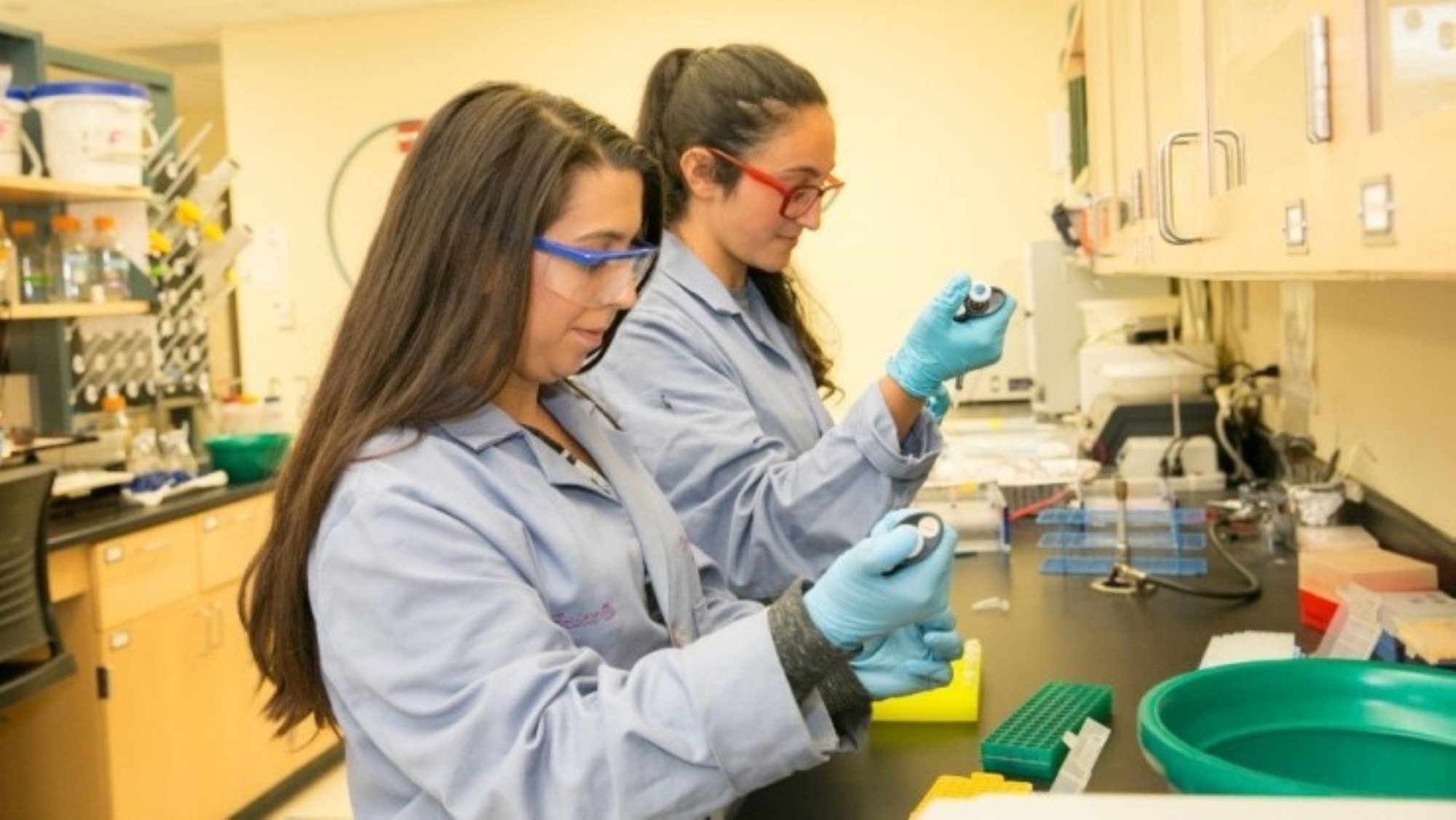
Safety and accessibility were at the forefront of design and construction when planning for the Shields Science Center over a decade ago, particularly in the sciences where the heavy use of chemicals and complex instrumentation increases the risks to faculty and students. The building site, at the front entrance of the campus, allows for easy access to fire trucks and ambulances in the event of an emergency. A proper loading dock and larger elevator eliminate much of the heavy lifting that is required to bring instruments, lab supplies and materials in and out of the building. The Shields Science Center greatly improves air handling by reducing the presence of hazardous particles in the air and is much safer for individuals with disabilities, with improved accessibility features such as wide hallways, larger, more accessible elevators, and adaptable lab bench configurations.

Originally, the Thomas and Mary Shields Science Center was designed to transform the study of science at Stonehill. That design plan holds true today, 15 years after its opening—providing our students and faculty in the sciences with a still-modern home in which to foster scientific inquiry and learning. It also serves as a popular gathering and study spot on campus for our students, staff and faculty regardless of academic discipline.
The Thomas and Mary Shields Science Center houses Biology, Chemistry, Biochemistry, Environmental Science, Physics, Astronomy, Neuroscience, Health Science, and Psychology, as well as laboratory spaces for our newest disciplines of Engineering and Photonics—offering state-of-the-art laboratories designed with input from the faculty in the different fields to foster inquiry and learning. The innovative design of the Thomas and Mary Shields Science Center energizes and engages students, as well as enhances faculty teaching and research efforts. Innovative classrooms and research spaces help attract and retain exceptional students by keeping pace with the ever-evolving scientific disciplines.
Health Science and Exercise Science
As two of Stonehill’s newest STEM programs, Health Science and Exercise Science educate future nurses, physician assistants, and physical therapists. These programs combine interdisciplinary coursework (biology, epidemiology, health psychology) with experiential learning opportunities (internships, field work, clinical research) to help students reach their full potential while learning about equal access and humanity
Engineering
This program builds on our long-standing 3+2 Dual-Degree Engineering program and includes two major/minor courses of study: electrical engineering and computer engineering. Co-located in both the Shields Science Center and the College Center, the Engineering program at Stonehill benefits from shared laboratory space and equipment in Shields that allows students and faculty to collaborate with our Photonics program
Photonics
Engineering and Photonics Labs in Shields
In 2023, Stonehill completed a large-scale effort to relocate our high-tech Integrated Photonics LEAP (Lab for Education & Application Prototypes) Program from an off-campus location to the centrally-located Shields Science Center.
This relocation created a dedicated Engineering and Integrated Photonics Lab on campus in our Shields Science Center that are adjacent to each other and include shared equipment and classroom space for deeper collaboration between Integrated Photonics and Engineering. The renovation and relocation of this lab space was essential to bringing our Integrated Photonics Program directly onto campus and to deepening collaborative efforts.
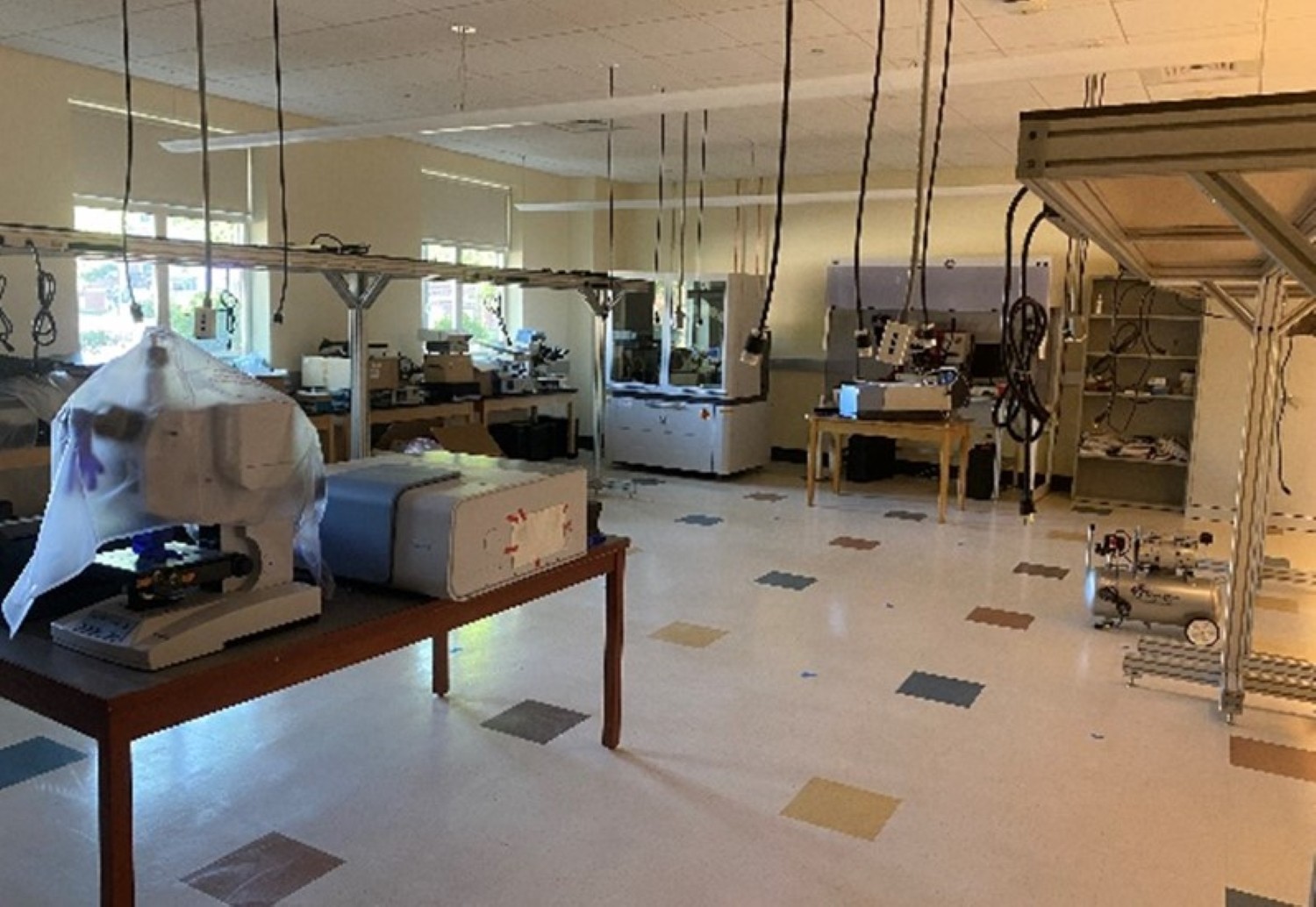
Now located on the Stonehill College campus in the Thomas and Mary Shields Science Center, the LEAP@Stonehill (Shields Room 142) and the Circuit Laboratory (Shields Room 144) house state-of-the-art equipment. Additionally, the Physics Laser Lab (Shields Room 343) houses advanced laser equipment used by highly-trained students and faculty.
LEAP@Stonehill houses equipment applicable to material characterization and high-speed photonics device testing. Students in the Photonics and Optical Engineering Certificate Program also benefit from this high-tech laboratory space. LEAP@Stonehill is part of a network of LEAPS throughout Massachusetts, a part of The AIM Photonics Academy. Funding for the advanced equipment housed in LEAP@Stonehill came through the Massachusetts Manufacturing Innovation Initiative (M2I2).
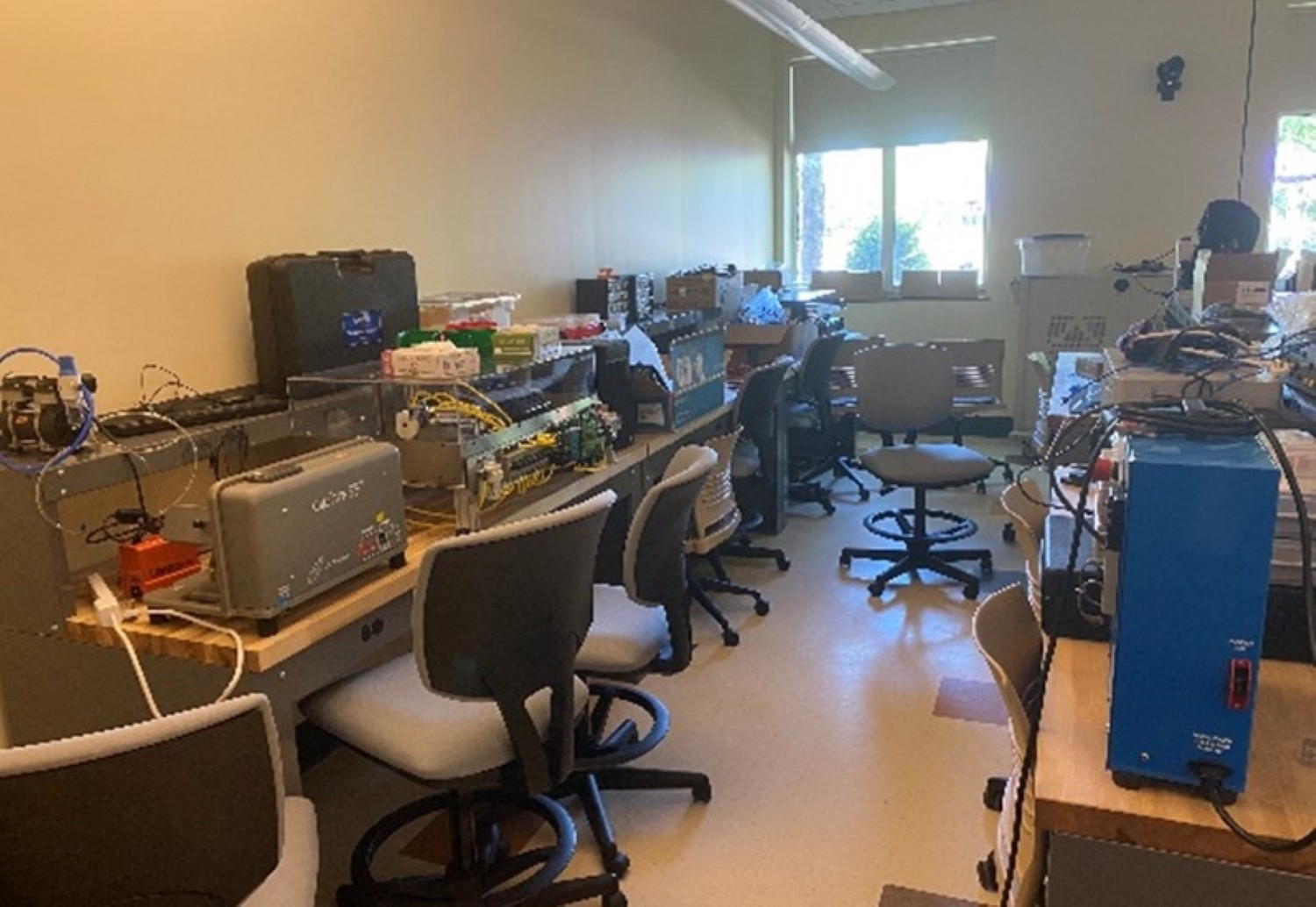
Our photonics and engineering students, particularly those in the Electrical Engineering major and minor, also benefit from the equipment in the Circuits Lab, which houses smaller pieces of equipment and hands-on tools they can work with to design and test integrated circuits.
Beyond the Building – Ongoing Philanthropy within Shields
Philanthropic support for STEM programs did not end once the Thomas and Mary Shields Science Center was complete. Rather, it was just the start! With a thriving science research community, philanthropy is critical to the continued enhancement of our technology, support and maintenance of our equipment, scholarships that support STEM majors, and more. Just a few examples of the donor funds that continue to make a critical impact on our STEM programs are:
- The Biology Department Program Fund, which supports programs, supplies, and materials with the biology department.
- The Developmental Biology Fund, which supports the purchase of equipment that impacts the Biology Department, such as a newly-acquired qPCR, that gives students and faculty access to cutting-edge technology for research and teaching.
- The Rev. Francis J. Hurley, C.S.C. Endowed Chair in Biology Fund, which supports the appointment of a biology faculty member to hold the chair position for three-year terms—recognizing the teaching and research accomplishments of the chairholder and supporting enhanced research efforts during their chair term.
- The Cassis Science Instrument Fund, which has supported the acquisition and maintenance of high-tech equipment in Chemistry that has helped enhance student learning. Equipment acquisitions have included a Brucker NMR system and UPLC and UPC2 instruments to support chromatography.
- The Diversity in the Sciences Speakers Fund – supporting speaking engagements with scientists from groups traditionally underrepresented in science.
- The Louis Liotta Science Lending Library Fund, which serves as a source of support for our science students who need financial support accessing science textbooks, course materials and resources, such as laptops and digital subscriptions.
- Sabrina Ferrara Memorial Butterfly Award, to be awarded to a metamorphic student who has been seen by the faculty to reshape, through hard work and determination, their trajectory in the sciences.
- The College has 18 scholarship funds dedicated to science scholars that receive annual donations from our generous alumni and benefactor community. These scholarships support the tuition of our STEM scholars in making a Stonehill education accessible while honoring science faculty, alumni, or family members. Among them are:
- Barbara Anzivino Science Scholarship
- Lawrence & Mary Burke Scholarship
- Amy Campbell Tripp Memorial Scholarship
- Clare Regina (Foley) Crossley '62 and Mr. and Mrs. William David Crossley Scholarship
- F2 Scholarship for Aspiring Scientists in Need
- Cheryl and Daniel Farley Family Scholarship
- John and Kristin Ferguson Endowed Scholarship
- James E. Hayden '76 Memorial Scholarship
- Reverend Francis J. Hurley, C.S.C. Scholarship
- Kimberly Ann Kitchell Memorial Scholarship
- William C. LaPlante Memorial Scholarship
- John and Cheryl Noblin Scholarship
- Peter Paolella Memorial Scholarship
- Robert & Diane Peabody Biology Scholarship
- Thomas and Mary Shields Scholarship
- Meghan Sullivan '10 Scholarship
- Meghan M. Sullivan '10 Endowed Scholarship
- Pamela & Thomas Szkutak Current Use Scholarship
The Peggy and Ray Pettit Atrium
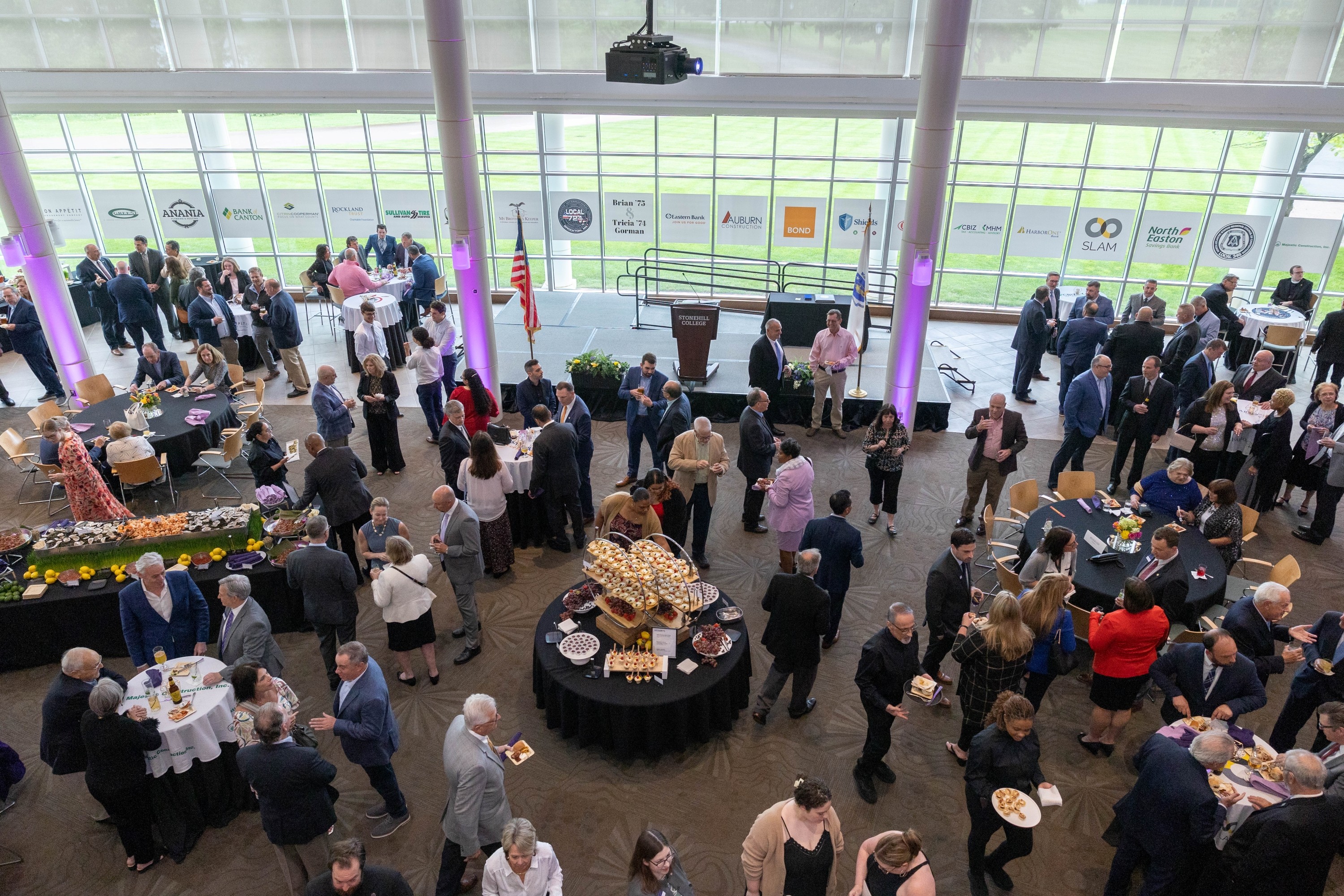
Since its opening in 2009, The Thomas and Mary Shields Science Center has become an essential part of Stonehill’s campus. The Peggy and Ray Pettit Atrium continues to be an excellent space for academics and for holding conferences for the Stonehill community and the public. At the forefront is the significant impact that the Peggy and Ray Pettit Atrium has made on every student and active member of the Stonehill community. The Pettit Atrium is one of the most popular workspaces on Stonehill College's campus for students working on group projects or participating in study and peer tutoring sessions.
With over 2,000 special events hosted in the Peggy and Ray Pettit Atrium, study spaces available throughout the building, and classrooms dedicated to the sciences, psychology & astronomy, the Shields Science Center has become an academic and social hub for students and faculty regardless of academic discipline and an inviting space for members of the larger regional community beyond Stonehill’s borders, including galas and events for nonprofit and community organizations such as the Easton Lions Club, the Children’s Museum of Easton, and the Metro South Chamber of Commerce.
A few examples of the many events held in the Pettit Atrium include:
- The Diversity in the Sciences Speakers Series brings scientists to campus at least two times per year from groups traditionally underrepresented in science. They present scientific seminars to students, faculty, alumni, and friends of the college.
- Skyhawk Welcome Days take place each spring on campus with Pettit serving as one of a few larger spaces where accepted students and their families gather to see what happens at Stonehill and hear from faculty and students about how Stonehill can help meet personal and professional goals.
- The Annual Benefactor & Student Scholarship Dinner is an opportunity for scholarship recipients and benefactors to meet each other over a nice meal and good conversation – celebrating scholar achievements while also sharing our gratitude for the donors who support financial aid at the College.
- The Annual President’s Reception is a gathering of local neighbors, friends, alumni, and benefactors who support of the City of Brockton Scholarship Program at Stonehill - a scholarship that funds the educational journeys of Brockton residents and Brockton High School graduates.
- DiverCity, a student-led event that is a culmination of dance (traditional and contemporary) and other musical and theatrical performances, promotes diversity and inclusion in the Stonehill College community.
Annual Benefactor & Student Scholarship Dinner
Annual Benefactor & Student Scholarship Dinner
Stonehill College 75th Anniversary Mass
Internship and Co-Op Fair
Student and Faculty Reflections on the Impact of the Shields Science Center
Professor Nicole Cyr
Julia Helms
Professor Lillian Reuman
When I look back at my time over the last three years, I will remember the Shields Science Center above all. This building has become my home away from home, where I have spent more hours here than in my dorm or anywhere else on campus. Whether I am in a lecture, a 4-hour lab, or chatting with my classmates, so many amazing memories have been made in this building. My daily supply of Dunkin keeps me running throughout the day as I bounce from studying groups in the Pettit Atrium to office hours on the third floor. The smiles, laughs, and some small tears have defined my time as a biochemistry major at Stonehill College, a time I would never want to give back. Again, I thank the Shields family for their continued support of the STEM programs at Stonehill College and for allowing me to see my full potential as a future physician-scientist.
Professor Alessandro Massarotti
Madison Shorey
Juli D’Antonio
I have plenty of fond memories with professors and friends at the Shields Science Center. The classmates that I spent time late night studying with on the 3rd floor of Shields have become some of my closest friends. I cannot thank the people who have graciously helped the science department obtain these instruments enough, because learning how to operate them and interpreting the data is fundamental for not only for my classes but for research and will hopefully impress future employers down the road.
Thank You!
Your support of the Thomas and Mary Shields Science Center may have taken place 15 years ago when Stonehill College raised funds to construct this state-of-the-art building, but please know that it continues to hold many doors open for our students and ensure that future generations of STEM scholars have access to the highest caliber science education. We remain deeply grateful for how you have contributed to the mission of Stonehill.
